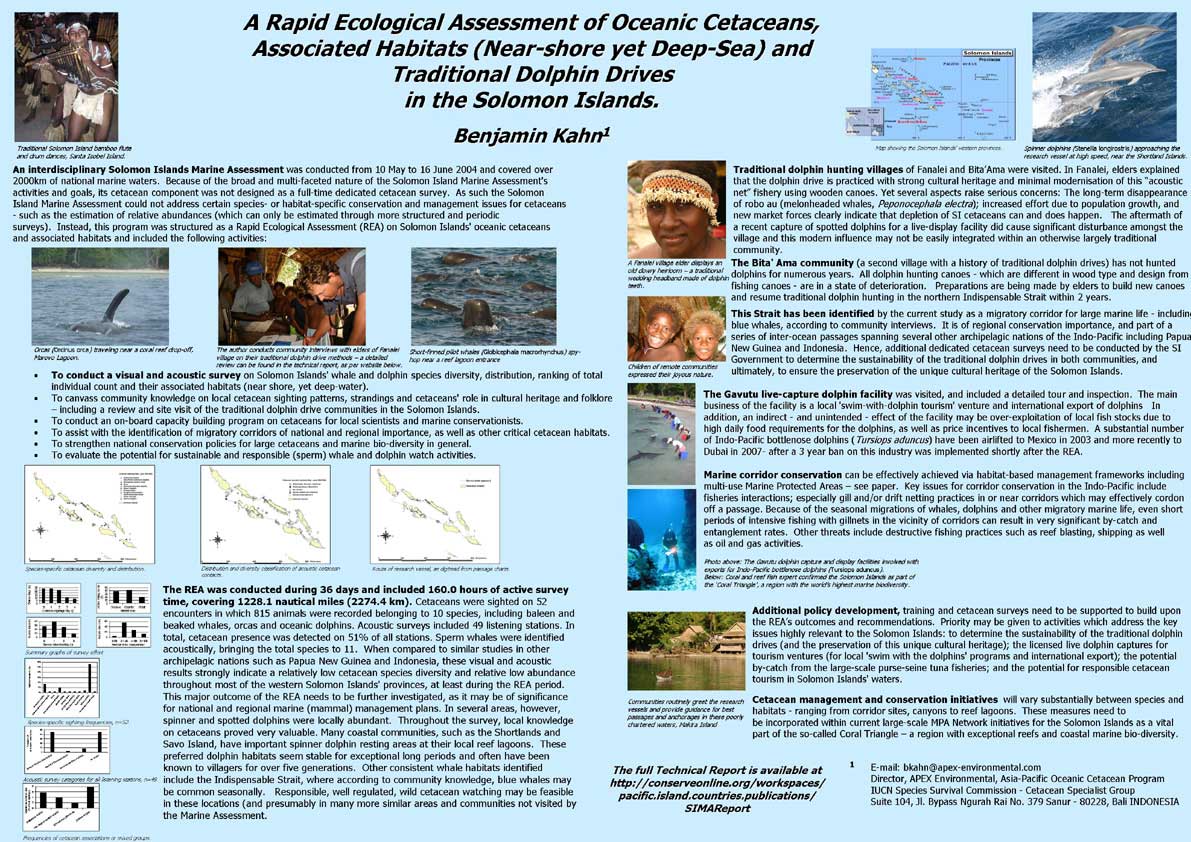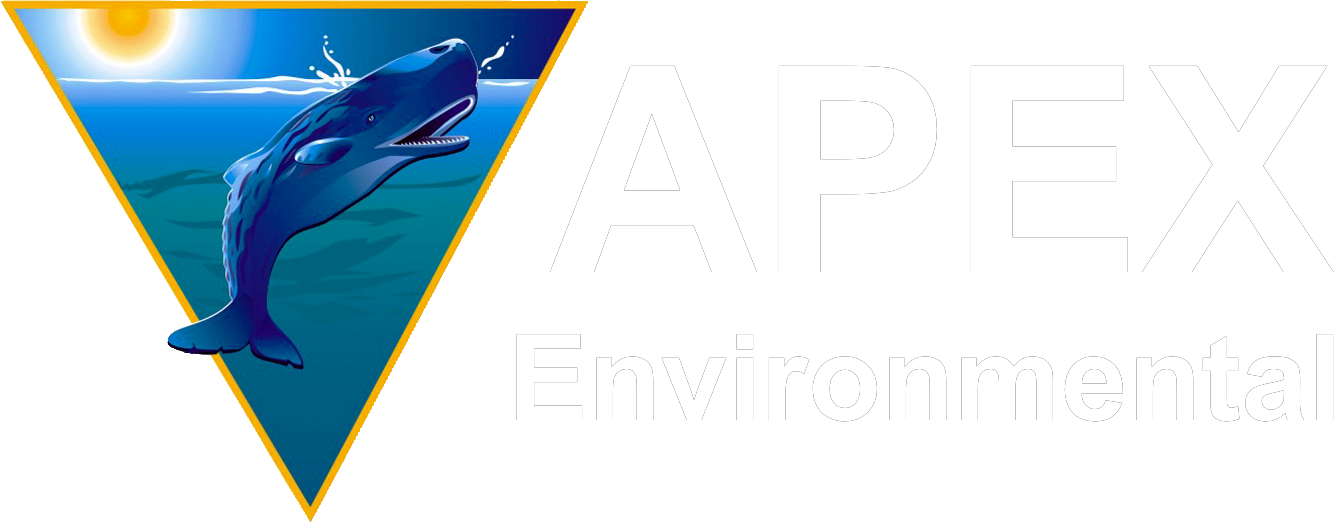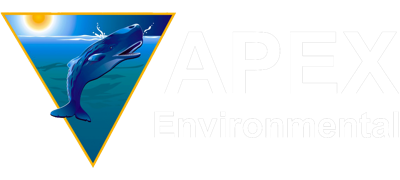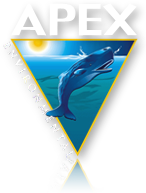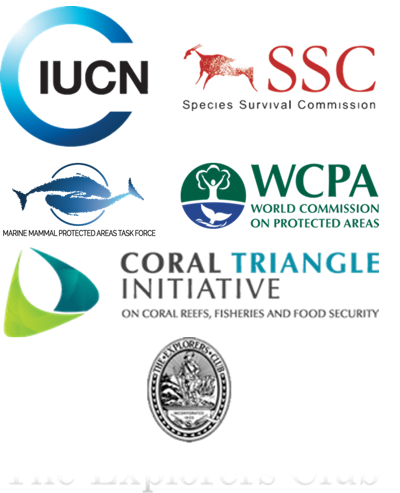A Rapid Ecological Assessment of Oceanic Cetaceans, Associated Habitats (Near-shore yet Deep-Sea) and Traditional Dolphin Drives in the Solomon Islands.
An interdisciplinary Solomon Islands Marine Assessment was conducted from 10 May to 16 June 2004 and covered over 2000km of national marine waters.
Because of the broad and multi-faceted nature of the Solomon Island Marine Assessment’s activities and goals, its cetacean component was not designed as a full-time dedicated cetacean survey.
As such the Solomon Island Marine Assessment could not address certain species- or habitat-specific conservation and management issues for cetaceans – such as the estimation of relative abundances (which can only be estimated through more structured and periodic surveys).
Instead, this program was structured as a Rapid Ecological Assessment (REA) on Solomon Islands’ oceanic cetaceans and associated habitats and included the following activities: To conduct a visual and acoustic survey on Solomon Islands’ whale and dolphin species diversity, distribution, ranking of total individual count and their associated habitats (near shore, yet deep-water).
To canvass community knowledge on local cetacean sighting patterns, strandings and cetaceans’ role in cultural heritage and folklore – including a review and site visit of the traditional dolphin drive communities in the Solomon Islands.
To conduct an on-board capacity building program on cetaceans for local scientists and marine conservationists.
To assist with the identification of migratory corridors of national and regional importance, as well as other critical cetacean habitats.
To strengthen national conservation policies for large cetaceans and marine bio-diversity in general.
To evaluate the potential for sustainable and responsible (sperm) whale and dolphin watch activities.
The REA was conducted during 36 days and included 160.0 hours of active survey time, covering 1228.1 nautical miles (2274.4 km).
Cetaceans were sighted on 52 encounters in which 815 animals were recorded belonging to 10 species, including baleen and beaked whales, orcas and oceanic dolphins.
Acoustic surveys included 49 listening stations.
In total, cetacean presence was detected on 51% of all stations.
Sperm whales were identified acoustically, bringing the total species to 11.
When compared to similar studies in other archipelagic nations such as Papua New Guinea and Indonesia, these visual and acoustic results strongly indicate a relatively low cetacean species diversity and relative low abundance throughout most of the western Solomon Islands’ provinces, at least during the REA period. This major outcome of the REA needs to be further investigated, as it may be of significance for national and regional marine (mammal) management plans.
In several areas, however, spinner and spotted dolphins were locally abundant. Throughout the survey, local knowledge on cetaceans proved very valuable.
Many coastal communities, such as the Shortlands and Savo Island, have important spinner dolphin resting areas at their local reef lagoons.
These preferred dolphin habitats seem stable for exceptional long periods and often have been known to villagers for over five generations.
Other consistent whale habitats identified include the Indispensable Strait, where according to community knowledge, blue whales may be common seasonally.
Responsible, well regulated, wild cetacean watching may be feasible in these locations (and presumably in many more similar areas and communities not visited by the Marine Assessment.
